Technological Advancements
Rapid advancements in technology are significantly influencing the wearable technology market. Innovations in sensors, battery life, and connectivity options are enabling the development of more sophisticated devices. For instance, the integration of artificial intelligence and machine learning into wearables is enhancing their functionality, allowing for personalized health insights. In Japan, the market for smartwatches and fitness trackers is projected to grow by approximately 15% annually, driven by these technological improvements. As consumers seek more advanced features, manufacturers are compelled to invest in research and development, thereby propelling the wearable technology market forward.
Rising Health Consciousness
The increasing awareness of health and wellness among the Japanese population appears to be a primary driver for the wearable technology market. As individuals become more health-conscious, the demand for devices that monitor fitness and health metrics is likely to surge. Reports indicate that approximately 60% of Japanese consumers express interest in using wearable devices for health tracking. This trend is further supported by the aging population, which necessitates continuous health monitoring. Consequently, the wearable technology market is expected to expand as manufacturers innovate to meet these health demands, offering products that provide real-time data on vital signs, activity levels, and overall wellness.
Government Initiatives and Support
Government initiatives aimed at promoting health and technology adoption are likely to bolster the wearable technology market. In Japan, various programs encourage the use of digital health solutions, including wearables, to improve public health outcomes. The government has allocated substantial funding to support research and development in health technology, which may lead to increased innovation in the wearable sector. Furthermore, public health campaigns that advocate for preventive care and active lifestyles are expected to drive consumer interest in wearable devices. This supportive environment could result in a more robust market for wearable technology.
Consumer Demand for Personalization
The growing consumer demand for personalized experiences is emerging as a key driver in the wearable technology market. Japanese consumers are increasingly seeking devices that cater to their individual preferences and lifestyles. This trend is prompting manufacturers to offer customizable features, such as interchangeable bands, personalized health insights, and tailored notifications. Market Research Future indicates that approximately 70% of consumers in Japan are willing to pay a premium for personalized wearable devices. This shift towards personalization is likely to encourage innovation and competition among brands, ultimately benefiting the wearable technology market.
Increased Connectivity and IoT Integration
The proliferation of the Internet of Things (IoT) is transforming the landscape of the wearable technology market. As more devices become interconnected, wearables are increasingly able to communicate with other smart devices, enhancing their utility. In Japan, the integration of wearables with smart home systems is becoming more prevalent, allowing users to monitor their health while managing their home environment. This interconnectedness is likely to attract tech-savvy consumers who value convenience and efficiency. As a result, the wearable technology market may experience growth as manufacturers develop products that seamlessly integrate with the broader IoT ecosystem.

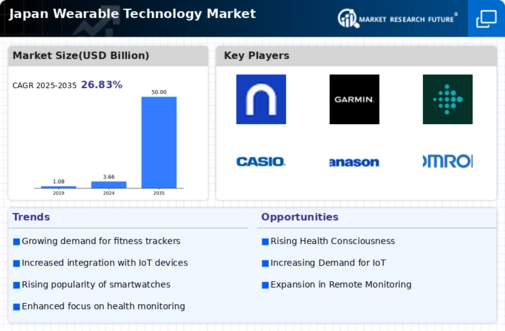

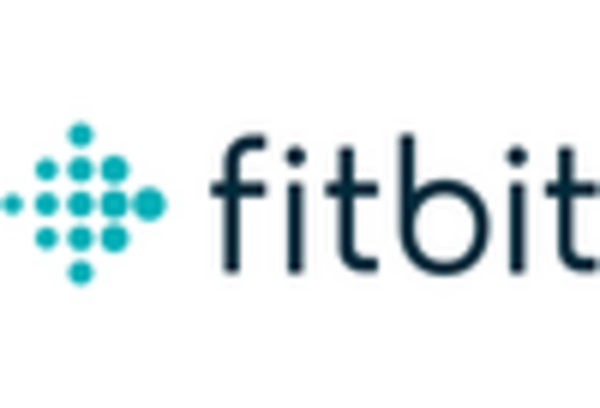
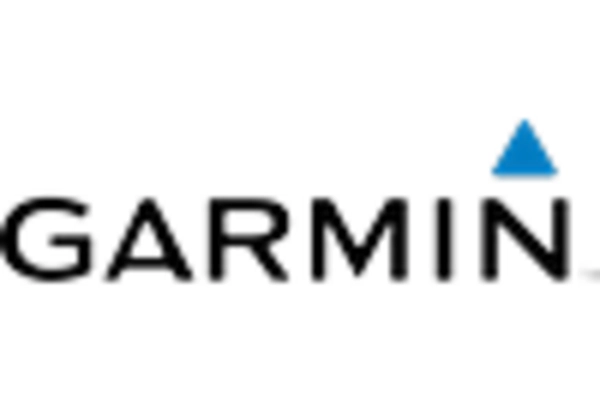
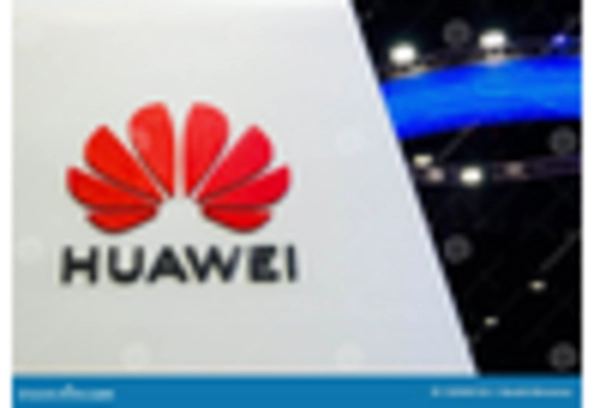

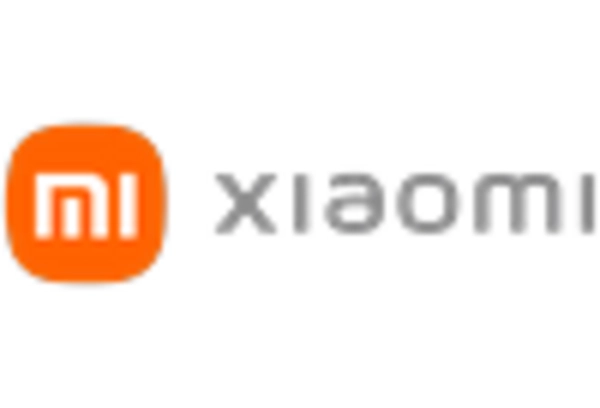








Leave a Comment